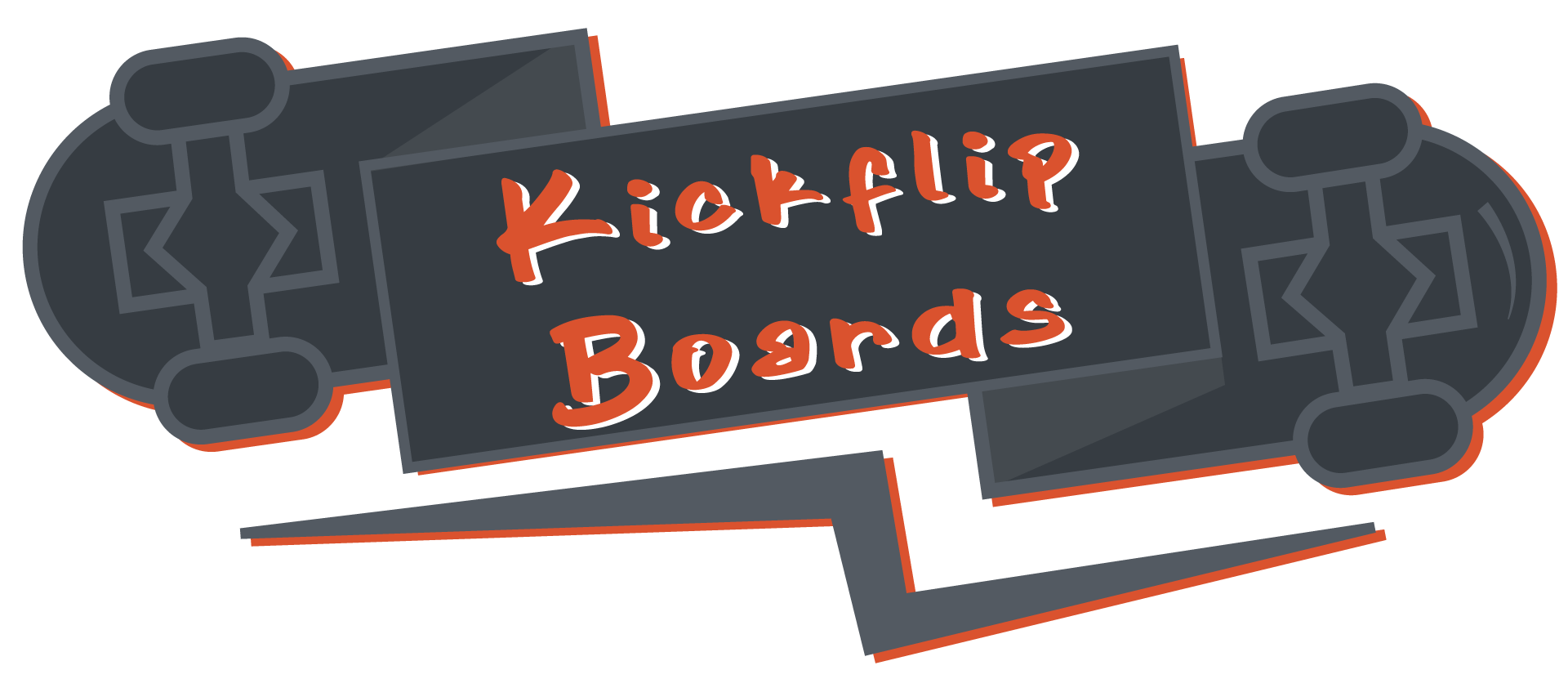When it comes to hitting the streets or trails, many enthusiasts find themselves torn between two popular modes of transportation and recreation: skateboarding and longboarding. Both offer unique experiences, requiring different skills and providing distinct thrills. For those new to these sports, deciding between a skateboard and a longboard can be daunting, especially with the numerous variations available in the market.

Is it Easier to Skateboard or Longboard?
When it comes to choosing between skateboarding and longboarding, many people wonder which one is easier to learn.
- Longboarding: Longboarding is often considered easier to master than skateboarding, especially for beginners. This is because longboards have a longer wheelbase and a larger platform, making it easier to balance and maneuver.
- Skateboarding: Skateboarding requires more skill and coordination due to its smaller size and shorter wheelbase. However, once you get the hang of it, skateboarding can be incredibly rewarding and fun.
Key Differences Between Skateboarding and Longboarding
- Size and Weight**: Longboards are generally larger and heavier than skateboards, making them more stable and easier to ride.
- Wheelbase**: Longboards have a longer wheelbase than skateboards, which provides more stability and makes it easier to balance.
- Speed**: Longboards are typically faster than skateboards due to their larger wheels and longer wheelbase.
- Maneuverability**: Skateboards are more agile and easier to turn than longboards, making them ideal for tricks and technical riding.
Which One Should You Choose?
If you’re a beginner, longboarding might be the better choice due to its ease of use and stability. However, if you’re looking for a more challenging and rewarding experience, skateboarding could be the way to go.
Ultimately, the decision between skateboarding and longboarding comes down to personal preference and what type of riding you enjoy most.
Tips for Learning Both Skateboarding and Longboarding
- Start with the basics**: Make sure you understand how to properly balance, push, and stop before attempting more advanced maneuvers.
- Practice regularly**: Regular practice will help you develop muscle memory and improve your skills.
- Take lessons**: Consider taking lessons from a qualified instructor to help you learn proper technique and safety guidelines.
- Stay safe**: Always wear protective gear, including a helmet, knee pads, and elbow pads, and ride within your ability level.
What is the Point of Longboarding?
As a passionate skateboard enthusiast, I’m excited to share with you the thrill of longboarding.
- Cruising: Longboarding offers a unique experience, allowing riders to glide effortlessly through streets, parks, and trails, taking in the sights and sounds around them.
- Transportation: With its sleek design and durable construction, longboards have become a popular mode of transportation for those looking for a fun and eco-friendly alternative to traditional vehicles.
Main Benefits of Longboarding
- Comfortable Ride: Longboards feature soft wheels and flexible trucks, making them perfect for navigating rough surfaces and providing a smooth ride.
- Easy Maneuverability: Their shape and design allow for effortless turns and control, making them ideal for beginners and experienced riders alike.
- Long-Distance Travel: Whether commuting to work or school, longboards offer a convenient and enjoyable way to cover longer distances.
Why Choose Longboarding?
- Fun and Exciting: Longboarding provides an adrenaline rush and a sense of freedom, making it a great hobby for those seeking adventure.
- Sustainable Transportation: By choosing longboarding, individuals can reduce their carbon footprint and contribute to a more environmentally friendly lifestyle.
- Improved Fitness: Regular longboarding can help improve cardiovascular health, balance, and overall physical fitness.
Getting Started with Longboarding
Whether you’re a seasoned skateboarder or just starting out, longboarding offers a unique and rewarding experience. Start by investing in a high-quality longboard, practicing basic safety precautions, and exploring local routes and trails.
Remember to always wear protective gear, stay alert, and enjoy the ride!

Are Longboards Safer Than Skateboards?
When comparing longboards to skateboards, safety is often a major concern for riders.
- Stability: Longboards have larger wheels and a longer shape, which provides increased stability compared to skateboards.
- Durability: The softer wheel material on longboards makes them more durable and less prone to damage than skateboards.
- Traction: Longboards offer better traction due to their larger wheels, allowing riders to maintain control on various terrain.
However, it’s essential to note that safety ultimately depends on individual rider behavior and skill level.
- Riders should always wear protective gear, including helmets, knee pads, and elbow pads.
- Longboards can reach high speeds, making it crucial to ride defensively and anticipate potential hazards.
- Riders should familiarize themselves with local laws and regulations regarding longboard usage.
While longboards may offer improved stability and durability, they still pose risks if not ridden responsibly.
In conclusion, longboards can be considered safer than skateboards due to their design features, but safety ultimately relies on the rider’s actions and awareness.
We recommend checking out our skateboard maintenance tips for advice on how to keep your board in top condition.
Additionally, consider visiting our skate park directory to find safe and suitable locations for riding.
For more information on longboard safety and best practices, check out our longboard safety guidelines.

Is Longboarding Hard to Learn?
Longboarding can seem intimidating at first, but with the right approach, anyone can learn to ride.
- Fundamentals Take Time: While you can learn the basics of longboarding in a week or two, mastering the skills takes much longer.
- Practice Makes Perfect: Regular practice helps develop muscle memory and improves balance, speed, and control.
- Start with Basics: Begin with flat ground and gradually move to hills, ramps, or other terrain as you gain confidence and skill.
- Choose the Right Equipment: Select a longboard that suits your riding style, and consider factors like wheel size, hardness, and trucks.
- Take Lessons or Join a Community: Consider taking lessons from an experienced instructor or joining a local longboarding community to connect with others who share your passion.
- Stay Safe: Wear protective gear, including a helmet, knee pads, and elbow pads, and always check the weather and road conditions before heading out.
Tips for Learning Longboarding
- Focus on Balance: Keep your weight centered over the board, with knees bent and feet shoulder-width apart.
- Look Where You Want to Go: Keep your eyes focused on the horizon or the path ahead, rather than staring down at the ground.
- Push Off Correctly: Use one foot to push off, keeping the other foot on the ground for balance.
- Shift Your Weight: As you pick up speed, shift your weight onto your back foot to maintain balance and control.
- Practice Turning: Lean your body in the direction you want to turn, applying gentle pressure to the footpads.
Conclusion
Learning longboarding requires patience, persistence, and practice. By focusing on the basics, choosing the right equipment, and staying safe, you’ll be carving up the streets in no time. Remember to take lessons, join a community, and stay motivated – and most importantly, have fun!
Am I Too Old to Start Longboarding?
As a longboard enthusiast, I’m often asked whether age is a barrier to getting started with this exciting sport.
- Age is just a number, and with the right mindset and approach, anyone can learn to longboard regardless of their age.
- The key is to find a style that suits you and your abilities, and to progress gradually to avoid injuries.
Why Age Shouldn’t Hold You Back
Longboarding is a great way to stay active, challenge yourself physically and mentally, and have fun while doing it.
- Safety First: While it’s true that older adults may need to take extra precautions to prevent injuries, many longboarding disciplines are low-impact and can be adapted to suit individual needs.
- Start Slow: Begin with short sessions and gradually increase your duration and intensity as you become more comfortable and confident.
- Find a Style That Suits You: Whether you prefer cruising, carving, or downhill racing, there’s a longboarding style out there for everyone.
- Get Proper Equipment: Invest in a well-fitting helmet, knee pads, and elbow pads to protect yourself from potential injuries.
Benefits of Longboarding for Older Adults
Longboarding offers numerous benefits for older adults, including improved balance, flexibility, and cardiovascular health.
- Improved Balance: Longboarding requires balance and coordination, which can help reduce the risk of falls and injuries.
- Increased Flexibility: Regular longboarding can help improve flexibility and range of motion, making everyday activities easier.
- Cardiovascular Health: Longboarding is a great way to get exercise and improve cardiovascular health, reducing the risk of chronic diseases like heart disease and diabetes.
Getting Started
If you’re interested in trying longboarding, here are some steps to get you started:
- Invest in Proper Equipment: Get a well-fitting helmet, knee pads, and elbow pads to protect yourself from potential injuries.
- Finding a Safe Location: Look for flat, smooth surfaces like bike paths or empty parking lots to practice your skills.
- Taking Lessons: Consider taking lessons from a qualified instructor to learn proper technique and safety guidelines.
- Join a Community: Connect with local longboarding communities or online forums to meet other enthusiasts and learn from their experiences.
Conclusion
In conclusion, age shouldn’t hold you back from trying longboarding. With the right mindset, equipment, and approach, anyone can enjoy the benefits of this exciting sport.

What Does Longboarding Do to Your Body?
As a longboarder, I’ve experienced firsthand the numerous physical and mental benefits that come with regularly hitting the streets.
- Muscle Strengthening: Longboarding works multiple muscle groups simultaneously, including those in your legs, core, and arms. Regular practice can lead to significant improvements in overall physical fitness and increased muscle tone.
- Bone Density: Weight-bearing activities like longboarding can help increase bone density, reducing the risk of osteoporosis and fractures later in life.
- Cardiovascular Health: Longboarding provides an excellent cardiovascular workout, improving heart health and increasing endurance.
The Mental Benefits of Longboarding
In addition to its physical advantages, longboarding has a profound impact on mental well-being.
- Reduced Stress: The rhythmic motion of gliding on wheels can be meditative, helping to calm the mind and reduce stress levels.
- Improved Mood: Exercise releases endorphins, which can boost mood and energy levels, leaving you feeling more alert and focused.
- Increased Confidence: Mastering new tricks and navigating challenging terrain can give you a sense of accomplishment and confidence that translates to other areas of life.
Precautions and Safety Considerations
While longboarding offers many benefits, it’s essential to take necessary precautions to minimize the risk of injury.
- Wear Protective Gear: Always wear a helmet, knee pads, and elbow pads to protect yourself from falls and impacts.
- Ride Within Your Ability: Start with gentle slopes and gradually progress to more challenging terrain as you build skill and confidence.
- Stay Hydrated and Fueled: Bring water and snacks to keep your energy levels up during extended rides.
By incorporating these safety measures and riding responsibly, you can enjoy the numerous physical and mental benefits that longboarding has to offer.

0 Comments